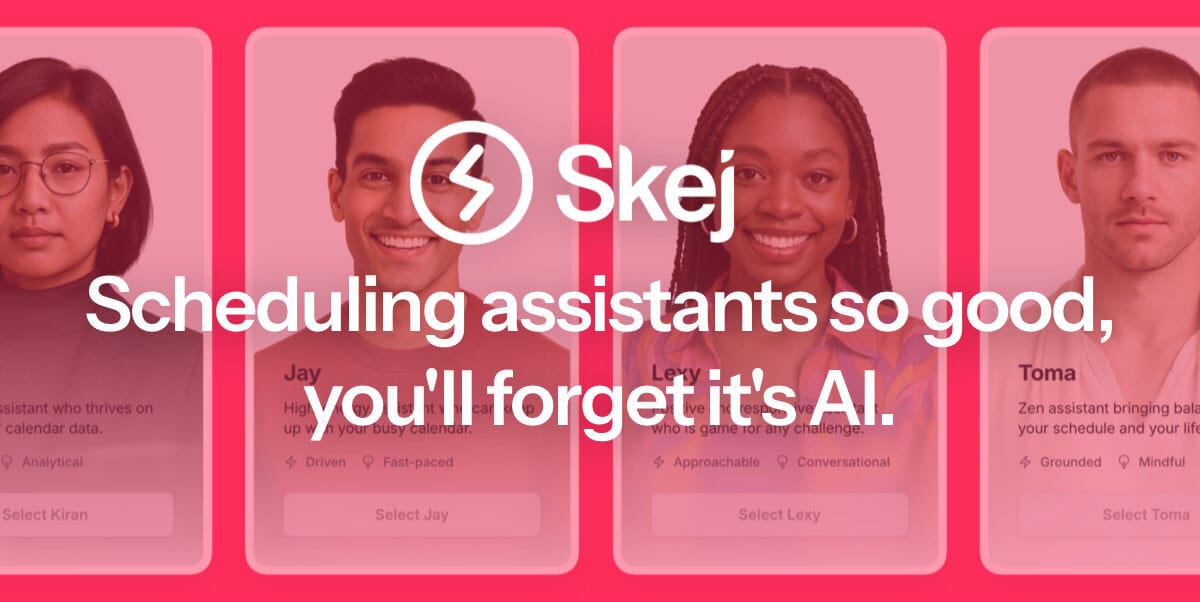- GPTLDR
- Posts
- Anthropic's Agent Safety Framework
Anthropic's Agent Safety Framework
AI agent safety framework and Stanford's production-ready GenAI playbook
⏱️ Your Morning Brief (TL;DR)
Welcome back!
This week, we dive into the evolving world of agents, from Anthropic's Agent Safety Framework, to Stanford's enterprise playbook.
Whether you're deploying your first AI agent or scaling to enterprise-wide automation, this week's insights will arm you with the frameworks and foresight you need to lead confidently.
Let’s dive in 🤖
🛡️ Anthropic's Safety Framework for AI Agents
The TLDR
Anthropic has released a framework for responsible agent development following a wave of industry failures, including AI agents that deleted user data, hallucinated fake studies, and were tricked by hackers.
The framework establishes five core principles: human control, transparency, value alignment, privacy protection, and secure interactions, essentially creating guardrails for autonomous AI.
The Details
The Control Paradox: A central tension in agent design is balancing agent autonomy with human oversight. Agents must be able to work autonomously, their independent operation is exactly what makes them valuable. But humans should retain control over how their goals are pursued, particularly before high-stakes decisions are made.
Real Implementation: Anthropic's Claude Code agent demonstrates transparency through a real-time to-do checklist, allowing users to see the agent's logic and intervene if needed, preventing those "what the hell is it doing?" moments.
Security Reality Check: Claude already uses a system of classifiers to detect and guard against misuses such as prompt injections, in addition to several other layers of security. Tools in their MCP directory must meet security, safety, and compatibility standards.
Why It's Important
Industry Standard Setting: This framework positions itself as the foundation for self-regulation before rigid government rules lock in outdated standards.
Trust Building: With high-profile failures eroding confidence, these principles provide a path to restore faith in AI agents.
Competitive Advantage: Companies adopting these principles early will differentiate themselves as trustworthy partners in the agentic AI race.
An AI scheduling assistant that lives up to the hype.
Skej is an AI scheduling assistant that works just like a human. You can CC Skej on any email, and watch it book all your meetings. Skej handles scheduling, rescheduling, and event reminders. Imagine life with a 24/7 assistant who responds so naturally, you’ll forget it’s AI.
🏭 Stanford's Production-Ready GenAI Playbook
The TLDR
Stanford's liftlab has released an updated enterprise playbook that shifts focus from "can AI do this?" to "how do we build production-ready AI that actually delivers ROI."
The key insight: start with customer pain points, not AI capabilities, and prepare to quickly "deploy, raze, and rebuild" as the landscape evolves at breakneck speed.
The Details
The New Model Hierarchy:
Non-Reasoning Models ("Workhorses"): Fast, reactive responses based on pattern recognition - think GPT-4 handling routine queries at ~1/10x compute cost.
Reasoning Models ("Thinkers"): Break down complex problems, self-correct, and "think" before answering - using up to 10x more tokens but achieving frontier intelligence.
The Trade-off: Reasoning models can use 78M tokens vs 10M for non-reasoning models on the same benchmark - that's real money at scale.
Multi-Step Workflow Revolution:
AI solutions are collapsing departmental silos - an M&A due diligence AI agent now coordinates across legal, finance, and strategy teams.
The shift from linear to dynamic workflows means AI agents adapt based on context rather than following rigid playbooks.
Example: A sales pipeline agent orchestrates marketing (lead generation), sales (contact/close), and finance (pricing/approvals) in a fluid, interconnected process.
The "Vibe-Coding" Phenomenon:
Developers describe intent in natural language: "Build me a simple, modern login page with Google and email sign-in, make it soft blue".
This democratization means non-technical executives can prototype ideas rapidly.
"Artifacts" provide instant visual feedback - you see the UI as code is written, bridging the technical/non-technical divide.
Building Defensive Moats:
Unique Data Sets: Your proprietary customer data becomes your unfair advantage.
Workflow Integrations: Deep embedding in customer systems creates switching costs.
Speed as Strategy: The ability to "deploy, raze, and rebuild" faster than competitors becomes the ultimate moat.
Why It's Important:
Cost Reality Check: While GPT-4 level intelligence is now 100x cheaper, new applications (deep research, agents) can cost 10x+ more per query
Open Source Surge: DeepSeek R1 proves open-weights models can compete at the frontier - changing build vs. buy calculations
UI/UX as Differentiator: The next leap won't come from more powerful models but from thoughtful design that respects expert workflows
📚 Interesting Reads
Factory Settings: Human Plus Humanoid - Capgemini explores human-robot collaboration in manufacturing.
Why You Need Systems Thinking Now - Systems thinking emphasizes understanding interdependencies, redefining problems iteratively, and engaging diverse stakeholders to co-create solutions in an AI-driven world.
How AI Can Help Tackle Collective Decision-Making - Hamburg, Germany partnered with MIT Media Lab's CityScope tool to better work with residents and other stakeholders.
How Finance Teams Can Succeed with AI - What does it take for the finance function to lead, not lag, in the AI era?
An Executive's Guide to AI - McKinsey's interactive guide helps executives learn the ABCs of AI and its practical business applications.
AI Corporate Org Chart Revolution - AI is already upending the corporate org chart as it flattens the distance between the C-suite and everyone else.
➜ Until Next Week
We're witnessing the messy birth of the agentic era, where AI transitions from answering questions to autonomously pursuing goals. The winners won't be those with the smartest models, but those who master the delicate dance between autonomy and control, speed and safety, capability and cost.
Start simple, measure everything, and be ready to rebuild when (not if) the landscape shifts next quarter.
Stay curious,
The GPTLDR Team
